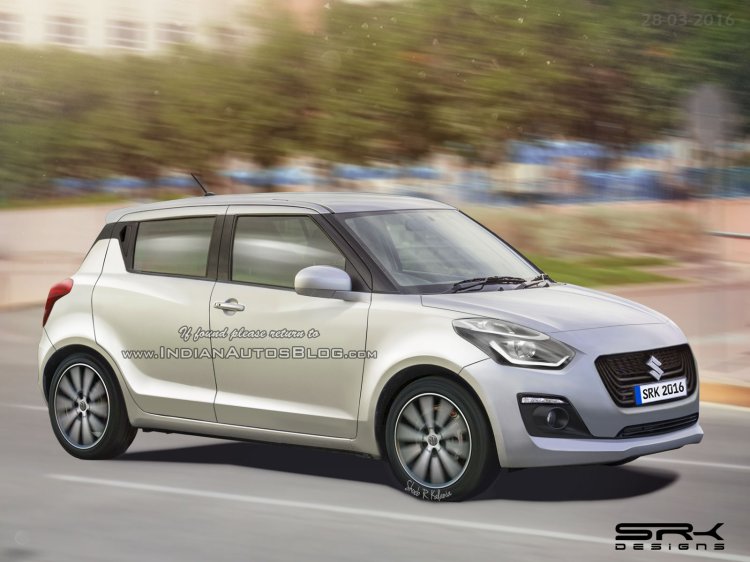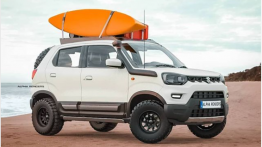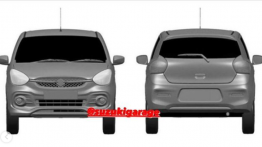Tipped to arrive after the Swift Dzire sedan in India next year.
Maruti Suzuki will inaugurate its third production plant in Gujarat in early 2017, which is expected to increase the company's total manufacturing capacity by another 1.5 million units once it's in full swing. The first product to enter production is the Maruti Baleno, which will, according to Autocar Professional, be followed by the next generation Maruti Swift Dzire and the Maruti Swift.

The report does not mention an exact timeline, but the all-new Swift could come either in late 2017 or at the Auto Expo in early 2018.
The new Maruti Swift will make its world debut at the Geneva Motor Show in March 2017 in Euro-spec form. Last March, the exterior and interior of the third generation Swift were leaked online, revealing most of the evolutionary cosmetic changes in store. The third gen Swift features a gaping grille, new headlights with projector lamps, floating roof impression, new taillamps, rear door handle in the C-pillar and new alloy rim designs.
Inside, the new Swift will feature a more contemporary and cleaner design, with a sportier steering wheel with sleek buttons, twin pod instrument dials with a large multi-info display inspired by the Maruti Baleno, new center console design with circular HVAC vents and new HVAC controls. Top variants will come equipped with dual airbags, ABS, EBD, alloy wheels, automatic climate control, keyless entry with push-button start, a touchscreen SmartPlay entertainment system with reverse camera and navigation.

Also Read: Suzuki Vitara vs. Maruti Suzuki Vitara Brezza – In Images
The next gen Swift will be based on the Baleno’s lightweight platform, which could shed 50-100 kg off the current model's kerb weight. With the light weighting, expect improved fuel efficiency as well as handling characteristics.
As the company is aggressively working on its low cost next generation hybrid tech, expect the Swift diesel variant to feature SHVS hybrid system that can avail the Indian government’s FAME incentive (starting at INR 13,000) and push the mileage towards the 30 km/l mark.
[Source: Autocar Professional]












